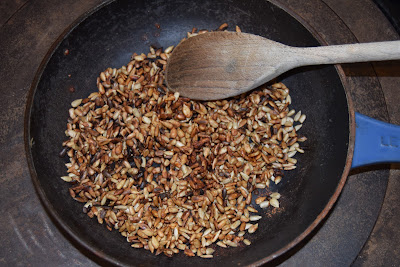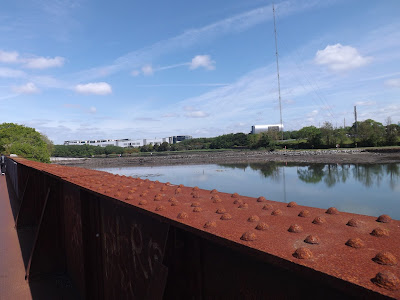31.2/ Culture
This is a serial
post linked to the previous. I had
been prompted to think about the question how far art can be a transformative
force impelling socio-economic change by a recent visit to Dingle, a beautiful
little fishing port in Co. Kerry.
My opinion, for
what it’s worth, is that art is a part of culture and culture is intimately
interconnected with place.
Culture is one of
those slippery concepts. Following
Raymond Williams, I take culture to mean the way we think about things and the
way that we do things around here, in this place. It is not fixed but can change according to ideas and thoughts and actions of the
people of that particular place that become commonly accepted, or acceptable.
People can arrive; people can leave and, over time, a shift in demographic may
bring about a change in the prevailing culture.
Art and artifacts,
as much as artists, craftspeople who imagine and make them become part of this
gradual, constant change. The
direction and degree of change can,of course, to some extent be
engineered. But it takes intimate
understanding of the topography,
the particular geography, the local environment, to be at all certain
about an outcome. Once
anyone has moved in their voice joins the rest. The artists’ voice by itself does not achieve change.
The change in the
fortunes of Holstebro, in N.West Denmark, came about through a combination of enlightened policies
and because the town itself had potential for development. It is now an energetic, beautiful, regional hub. Dingle is Festival Central. At the drop of a hat a new festival is launched. The town reflects a festival aura. Come to festive Dingle! Rain or shine it never disappoints.


